How to Clean a Painting Without Damaging It? Tips and Tools
Author:
GeorgeUpdated:
25.11.2024


- Assessing The Painting
- Gathering Supplies
- Dusting The Surface
- Cleaning With a Dry Cloth
- Spot Cleaning Stains
- Avoiding Excess Moisture
- Protecting The Painting
- Regularly Maintaining
- How to Clean a Painting at Home?
- 1.What are The Tools and Materials Needed to Clean a Painting at Home?
- 2.Why Do Paintings Need to be Cleaned?
- 1.
- How to Clean Different Types of Paintings?
- 3.How to Clean a Canvas Painting?
- 4.How to Clean Old Paintings?
- 5.How to Clean a Watercolor Painting?
- 6.How to Clean an Acrylic Painting?
- 7.How to Clean an Oil Painting?
- 8.How to Clean a Painting on Wood?
- 9.How to Clean Canvas Art Prints?
- 10.How to Take Care of Paintings?
- 3.
Cleaning a painting refers to the process of removing dust, extra paint, or slightly damaged parts of loose paint to make it look clean and perfect. It is a process that needs to be handled with caution. Any mistake during the cleaning process can cause damage to your precious artwork.
To clean a painting without damaging it, consider analyzing the painting, gathering supplies, dusting the surface, cleaning with a dry cloth, spot-cleaning stains, avoiding excess moisture, protecting the painting, and regularly maintaining.
The 8 important steps to clean a painting without damaging it are described below.
- Analyzing the painting: Locate any signs of damage, flaking, or loose paint on your painting.
- Gathering Supplies: Collect all necessary cleaning supplies, like soft brushes, a microfiber cloth, and a bar of pH-neutral soap.
- Dusting the surface: Use your soft brush and gently brush the surface of your painting to remove all the loose dust.
- Cleaning with a dry cloth: Use a microfiber cloth to remove all the remaining dust.
- Spot cleaning stains: Remove persistent stains with a damp corner of the microfiber cloth.
- Avoiding excess moisture: Don't use a fully wet cloth and avoid water damage.
- Protecting the painting: Apply protective varnish on the painting to prevent damage in the future.
- Regularly maintaining: Frequently clean your painting and keep it in a humid environment so it maintains its original form.

Assessing The Painting
Examine your painting and find signs of damage, flaking, or loose paint to fix them. If the situation is too complicated for you to handle, seek help from a professional to avoid further damaging the painting.
Gathering Supplies
Keep all the required cleaning supplies next to you like soft brushes, a microfiber cloth, and a bar of pH-neutral soap. Make sure these items are clean and not contaminated so they don’t harm the painting.
Dusting The Surface
Brush the surface of your painting using the soft brush to remove all the loose dust. Avoid scrubbing and only brush in one direction to prevent scratching your artwork.
Cleaning With a Dry Cloth
Use a dry microfiber cloth to remove the remaining dust. Avoid using water or any liquid cleaning agents at this stage as they can damage your painting if you don’t use them correctly.
Spot Cleaning Stains
To remove stubborn stains that cannot be cleaned with a dry cloth, slightly dampen a corner of the microfiber cloth with water. Use it along with pH-neutral soap to gently remove stains. Do not scrub aggressively, as doing so can damage the painting.
Avoiding Excess Moisture
Ensure that the cloth you use is only slightly damp. An overly wet cloth can cause excess moisture to seep into the canvas and damage your artwork.
Protecting The Painting
After you’ve cleaned the painting, apply a layer of protective varnish if it doesn’t already have one. The varnish helps prevent future dust and stains from damaging the painting. Make sure to apply it properly with the help of a professional.
Regularly Maintaining
Store your painting in a clean, dust-free, humid environment with a controlled temperature to prevent future damage. Make it a habit to clean your painting regularly for its maintenance.
How to Clean a Painting at Home?
To clean a painting at home, consider preparing your workspace, examining the painting, removing surface dust, using bread for gentle cleaning, creating a cleaning solution, drying the painting, and maintaining proper conditions.
The steps to clean a painting at home are described below:

- Preparing your workspace: Set up your workspace in a clean and well-lit room with a calm environment. Cover a flat table with a soft cleaning cloth before placing your painting on it.
- Examining the painting: Analyze your painting for any scratches, damages, or flaking paint. Assess how easy or difficult it is to fix the damage.
- Removing surface dust: Gently remove surface dust using a soft natural bristle brush, preferably a camel or sheep hair brush. Brush in a single direction at a time, and avoid putting extra pressure on the painting while brushing.
- Using bread for gentle cleaning: A piece of white bread can be used to clean the more clingy dust and grime. Lightly dab the painting’s surface with the bread, as its texture will lift off all the dirt, and its softness will prevent the painting from damage.
- Creating a cleaning solution: A cleaning solution helps remove stubborn dust and stains. Mix a few drops of pH-neutral soap with distilled water to create your solution, and use cotton swabs to apply and remove it.
- Drying the Painting: Let the painting air dry in a place away from direct sunlight and high humidity. This will remove any excess moisture or wet paint. Make sure the painting is fully dry before touching and storing it.
- Maintaining proper conditions: Store your painting in a room with controlled temperature and humidity. The environment needs to be stable to avoid fading, dust, and future damage.
What are The Tools and Materials Needed to Clean a Painting at Home?

The essential tools and materials needed to clean a painting at home are natural bristle brushes, a microfiber cloth, distilled water, pH-neutral soap, cotton swabs, a magnifying glass, and a clean, dry workspace.
Why Do Paintings Need to be Cleaned?
Paintings need to be cleaned because they can collect dust over time, leading to color fading, damage, and dull appearance. This is why paintings must be cleaned regularly to maintain their original aesthetic and integrity.
Dust, fingerprints, and residues are the types of dirt you can remove by carefully dusting with a microfiber cloth. More stubborn contaminants like stains and mold need professional help for restoration, and you should avoid cleaning them at home as they can cause further damage.
How to Clean Different Types of Paintings?
When cleaning different types of paintings, consider the medium used, the age of the painting, and the type of dirt present on it. For an oil painting, remove surface dust using a natural bristle brush. A lightly damped microfiber cloth with pH-neutral soap can clean stubborn grime and stains.
A soft brush and a slightly damp cloth are recommended for acrylic paintings. Acrylic paintings are more sensitive to water, so avoid excess moisture. Only a dry soft brush is recommended for watercolor paintings, as they require the most caution. Any moisture can ruin a watercolor painting, so it is crucial to avoid using liquids.
Old paintings must be carefully and cautiously handled as they are very fragile. It is recommended that you consult a professional for cleaning old paintings. The intensity of the dirt also depends on the painting's condition. If it only has surface dust and minor stains, it can be cleaned at home. But for heavy grime, stains, and mold, always hire a professional to clean the painting.
How to Clean a Canvas Painting?
To clean a canvas painting, get a soft-bristled brush, a clean microfiber cloth, distilled water, pH-neutral soap, and cotton swabs. Dust the surface with the soft-bristled brush to remove loose dust. Then dampen the microfiber cloth with distilled water and pH-neutral soap if needed. Gently dab it on stains and avoid excess moisture. After cleaning, let the painting completely dry before touching it again.
How to Clean Old Paintings?
To clean old paintings, you need to handle them carefully and be extra gentle during the cleaning process. Use a soft-bristled brush to remove surface dust carefully. A microfiber cloth damped with distilled water and soap is recommended for stubborn stains.

Test the cleaning solution on a small area first before continuing. Avoid excess moisture and pressure, which can damage the colors or the canvas. If the old artwork is valuable and historic, consider hiring a professional.
How to Clean a Watercolor Painting?
To clean a watercolor painting, use natural hair brushes and a dry microfiber brush to rub the surface and remove dust gently. The key to cleaning watercolor paintings is to avoid moisture at all costs. Wear dry clothes and make sure there are no liquids around. If any liquid comes into contact with the painting, it can cause color bleeding and ruin the look of the artwork. For stubborn stains and grime that cannot be removed with dry cloths and brushes, seek a professional’s help.
How to Clean an Acrylic Painting?
To clean an acrylic painting, dust the surface with a soft and natural hair brush to remove loose dirt and debris. If necessary, use a lightly damp cloth or towel to remove the remaining dirt and stains. Make sure it is only lightly damp and not wet to avoid excess moisture as it can ruin the colors.
How to Clean an Oil Painting?
To clean an oil painting, you will need a natural hair brush, dry microfiber cloth, distilled water, mild pH soap, cotton swabs, and a flat and stable workspace. Use the natural brush to remove surface dust and debris gently. For small stains, use a damp cotton swab with the mild soap. A damp microfiber cloth can be used for larger and more prominent stains. Make sure to let the painting completely dry afterward.
How to Clean a Painting on Wood?
To clean a painting on wood, a dry microfiber cloth is recommended, as dust barely gets absorbed in wooden boards used for art. Dampen the cloth with distilled water and add pH-neutral soap if necessary to clean dust and stains in a single step. However, it is important not to use a lot of water, as some of it can get soaked by the wood and ruin the painting.
How to Clean Canvas Art Prints?
To clean canvas art paints, gather soft brushes and a dry microfiber cloth to clean canvas art prints. Start cleaning by gently dusting the surface with brushes to remove loose dirt. If necessary, lightly dampen the microfiber cloth with distilled water and use it to clean more resistant dirt and debris. Avoid using excessive water or cleaning solutions, as they can damage the print. The print needs to be handled delicately with extra care to avoid stretching or tearing.
How to Take Care of Paintings?
To take optimum care of your paintings and prevent them from dirt and damage, store them away from direct sunlight. Keep them safe from high humidity and extreme temperatures. Handle them with care and clean hands. If you plan on hanging the painting on a wall, purchase high-quality and appropriate hanging hardware to avoid any problems. Regularly clean your painting, as it is necessary for its maintenance and appearance.
When to Clean a Painting?
The perfect time to clean a painting is when you notice dust build-up or visible dirt on its surface. Regularly inspect for any signs of discoloration or mold growth.
What are the Best Art Cleaning Solutions?
Choosing the best cleaning solutions for art depends on the type of artwork and its condition. Distilled water is the safest bet for general cleaning. Mild soap, like a pH-neutral soap, can also be helpful. Avoid harsh chemicals or solvents as they can damage the paintings. For valuable artwork or drastic damages, hire a professional to clean it properly.
How Much Does it Cost to Clean a Painting?
The cost of cleaning a painting can vary with factors like the size of the painting, the type of medium used for the painting, and the supplies used for cleaning. According to Europic Art, a basic cleaning job of a medium size painting can cost around $100 - $300. Larger and delicate artworks will require a professional cleaning job costing $500 - $1000. Artworks with extensive damage will need a full restoration, which can range from $1000 to $10000, depending on the size of the artwork and the amount of damage.
George, CEO of Photo2painting, is a passionate art lover and entrepreneur. He founded Photo2painting.com from scratch, inspired by his artist friends. As the company's CMO, he manages content and marketing.
Excellent Customer Reviews















































































































































